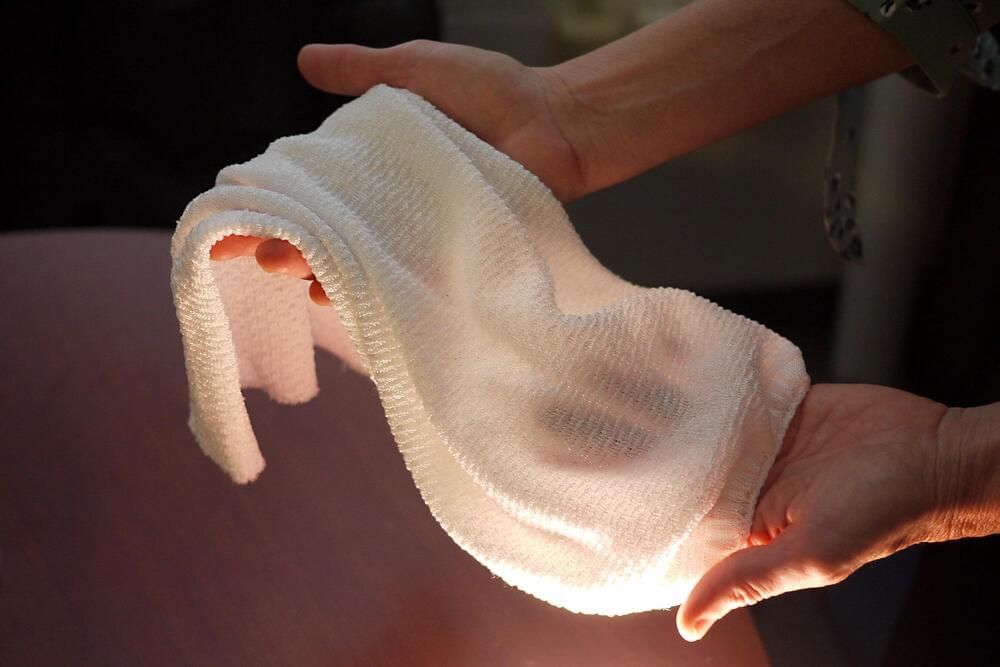Feb 10, 2023
Astronomers Detect a Strange New ‘Molecular Bubble’ Structure in Space
Posted by Daniel Sunday in categories: materials, space
A newly discovered structure located deep in the heart of a thick cloud of gas and dust more than 450 light-years away is the signature of a pair of baby stars in the throes of formation.
A team of astronomers have identified a previously unseen bubble at the center of a stellar nursery called Barnard 18 in the Taurus molecular cloud complex, likely carved from the surrounding gas as two emerging stars therein formed and grew.
It’s only the second time astronomers have identified such a bubble with the ejection of material or ‘outflow’ associated with a growing star. The newly discovered structure could help scientists learn more about how stars affect their environment as they grow.


















